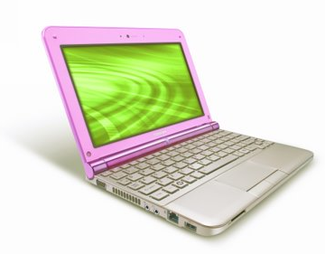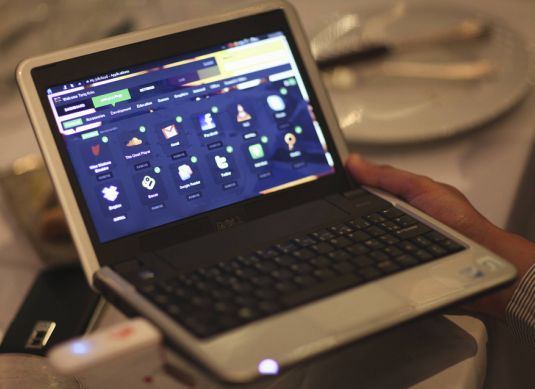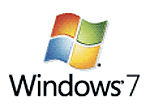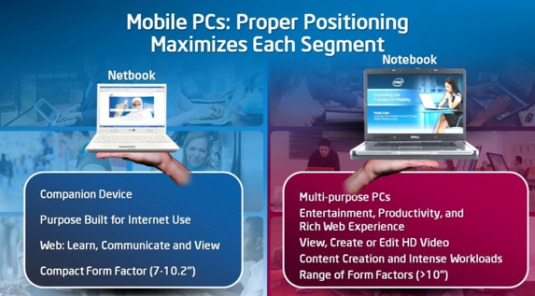I’m not an expert on how to price operating systems for maximum sales and profit. Microsoft is. So I hesitate to jump in here, but a DigiTimes story (as covered by Ars Technica) is suggesting that Microsoft may want about twice as much money from PC manufacturers to put Windows 7 Starter Edition on a netbook as it currently charges for Windows XP. Says Ars:
This translates to at least a $50 increase in price if netbook makers want to offer Windows 7 as opposed to Windows XP. That typically isn’t a big deal, but for netbooks, $50 is a very big difference, so it’s no wonder OEMs are still trying to negotiate with Microsoft. Most laptops currently offer Windows Vista, which should have a much smoother price change going to Windows 7.
Regardless of Windows 7 Starter’s pricetag, the whole boom in under $400 netbooks presents Microsoft with one of its biggest challenges ever. There simply isn’t enough profit built into netbook prices for it to charge PC manufacturers what it’s used to getting for a copy of Windows. So far, it’s managed to keep Linux from getting much of a toehold by selling Windows XP for cheap. But the situation presents the best opportunity for alternative operating systems that’s come along in a long time, and as contenders from Android to Jolicloud jump into the netbook market, it’ll be fascinating to see if they catch on…and how Microsoft responds.

 Toshiba has been just about the only significant PC manufacturer who hasn’t jumped on the netbook bandwagon in the U.S. market. Until today, that is–the company is announcing the Mini NB205, its first small, low-cost laptop. (Toshiba prefers to call these mini notebooks, not netbooks; I don’t know if the
Toshiba has been just about the only significant PC manufacturer who hasn’t jumped on the netbook bandwagon in the U.S. market. Until today, that is–the company is announcing the Mini NB205, its first small, low-cost laptop. (Toshiba prefers to call these mini notebooks, not netbooks; I don’t know if the  HDMI is changing? Again? Already?
HDMI is changing? Again? Already? One thing that first drew me to netbooks was the idea of living on the cloud. After losing everything on my last PC in a horrifying motherboard fire, I suddenly wanted to have as much as possible running over the Internet.
One thing that first drew me to netbooks was the idea of living on the cloud. After losing everything on my last PC in a horrifying motherboard fire, I suddenly wanted to have as much as possible running over the Internet.
 Microsoft is still wrestling with the question of how to get Windows 7 onto dirt-cheap netbooks without crushing the profit margin it makes when it sells copies of Windows to PC manufacturers. Two pieces of scuttlebutt emerged today; one sounds promising for netbook buyers, and the other is kind of discouraging.
Microsoft is still wrestling with the question of how to get Windows 7 onto dirt-cheap netbooks without crushing the profit margin it makes when it sells copies of Windows to PC manufacturers. Two pieces of scuttlebutt emerged today; one sounds promising for netbook buyers, and the other is kind of discouraging.
 Dell doesn’t make the cheapest of netbooks, so I never guessed it would first to make a 10-inch model for under $300, but the proof is in the company’s
Dell doesn’t make the cheapest of netbooks, so I never guessed it would first to make a 10-inch model for under $300, but the proof is in the company’s